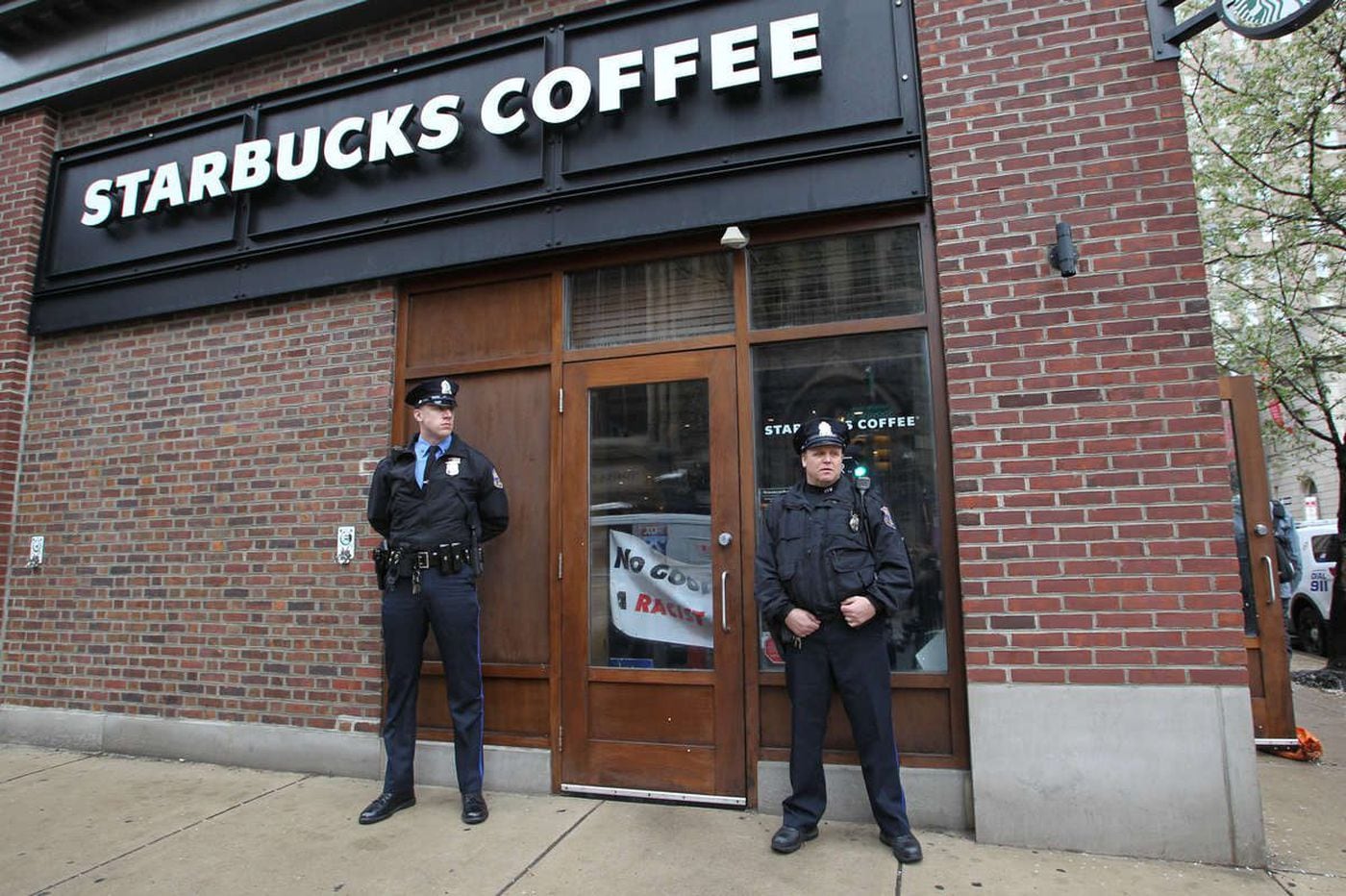
In State v. Hawkins, the WA Court of Appeals held that a police officer gave improper opinion testimony regarding the defendant’s guilt and credibility.
FACTUAL BACKGROUND
The Defendant Mr. Hawkins was arrested and charged with assault in the third degree for briefly strangling Mr. Ali, a King County Metro bus driver, over a fare dispute. The incident was witnessed by a passenger who did not speak English and a passenger who saw an argument occur, but did not witness actual physical touching.
The State’s only other witnesses were Deputy Baker and Deputy Garrison, the King County Sheriff’s detective that reviewed Baker’s initial investigation and referred Hawkins’s case for prosecution. Over defense counsel’s repeated objections, the prosecutor tried to elicit opinion testimony from both deputies concerning whether they believed whether the bus driver Ali was a credible witness.
Several of the defense’s objections were sustained, but the court eventually allowed Officer Baker to answer. Although Deputy Baker’s answer was couched in probable cause to arrest, Baker’s answer implied he believed Ali’s version of events over Hawkins.
Deputy Garrison’s answers also gave an opinion about credibility. Garrison stated he would only refer a case for prosecution if there was “some credible ability to prosecute.”
The jury convicted Hawkins as charged.
On appeal, Hawkins contends that the prosecutor committed prejudicial misconduct by eliciting opinion testimony from police witnesses concerning witness credibility.
COURT’S ANALYSIS & CONCLUSIONS
The WA Court of Appeals reasoned that a prosecutor must enforce the law by prosecuting those who have violated the peace and dignity of the state by breaking the law. A prosecutor also functions as the representative of the people in a quasi-judicial capacity in a search for justice.
The Court said the prosecutor owes a duty to defendants to see that their rights to a constitutionally fair trial are not violated. Thus, a prosecutor must function within boundaries while zealously seeking justice.
Also, the Court of Appeals emphasized there are some areas of opinion testimony that are inappropriate in criminal trials.
“This is particularly true when the opinion testimony is sought from law enforcement,” said the Court of Appeals. “Officer testimony has an aura of special reliability and trustworthiness.”
The Court of Appeals said the State’s case was weak.
“There is no question that the State’s case against Hawkins was weak. There was no physical evidence, there was no surveillance footage, and Ali had no visible injuries and declined medical attention. The State offered no firsthand witnesses other than Ali.” ~WA Court of Appeals
As a result, the Court reasoned that the State’s case inappropriately focused on the police officers’ opinion of the bus driver Ali’s credibility:
“Because the State’s case was weak, eliciting the officers’ opinions that they believed they had a credible witness in Ali had a clear prejudicial effect on Hawkins’s right to a fair trial.” ~WA Court of Appeals
The Court ruled the Defendant’s case was prejudiced and overturned his conviction.
My opinion? Good decision. A prosecutor functions as the representative of the people in the search for justice. The prosecutor also owes a duty to defendants to see that their rights to a constitutionally fair trial are not violated.
It is inappropriate in a criminal trial for the prosecutor to seek opinion testimony as to the guilt of the defendant, the intent of the accused, or the credibility of witnesses. This is particularly true where the opinion sought is that of a law enforcement officer.
Please review my Legal Guide on Prosecutorial Misconduct for more information on this subject. And please contact my office if you, a friend or family member face criminal charges. Hiring an experienced and competent defense attorney is the first and best step toward justice.

/GettyImages-171295467-59e7a773685fbe0011549f26.jpg)












